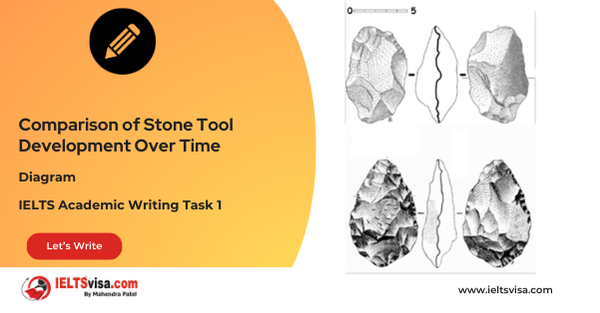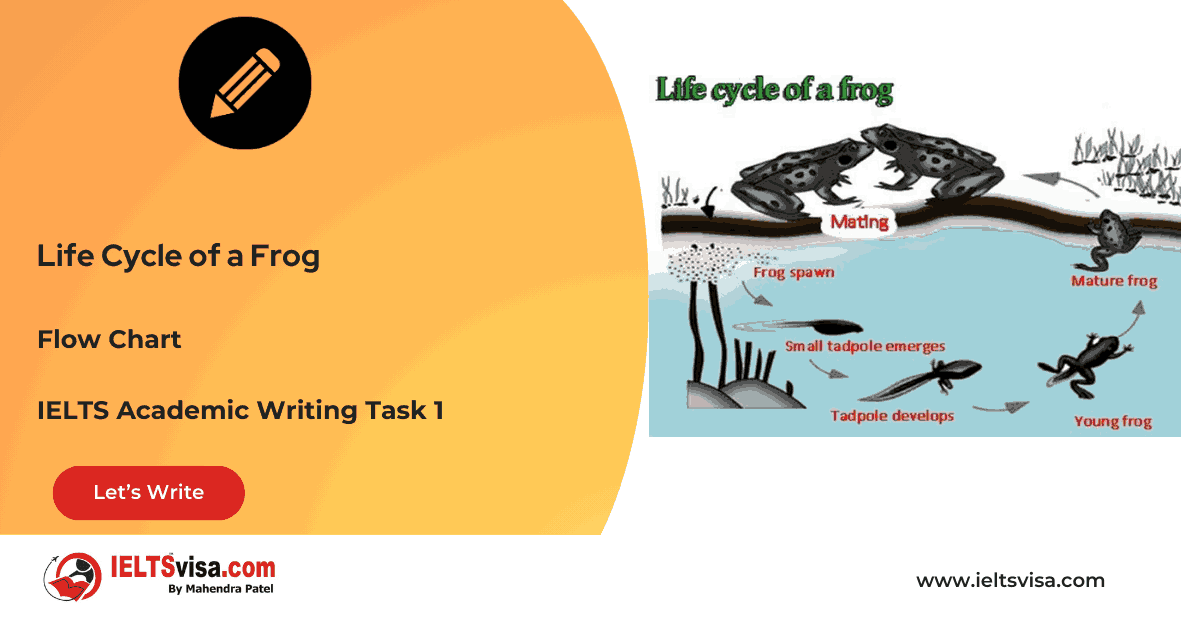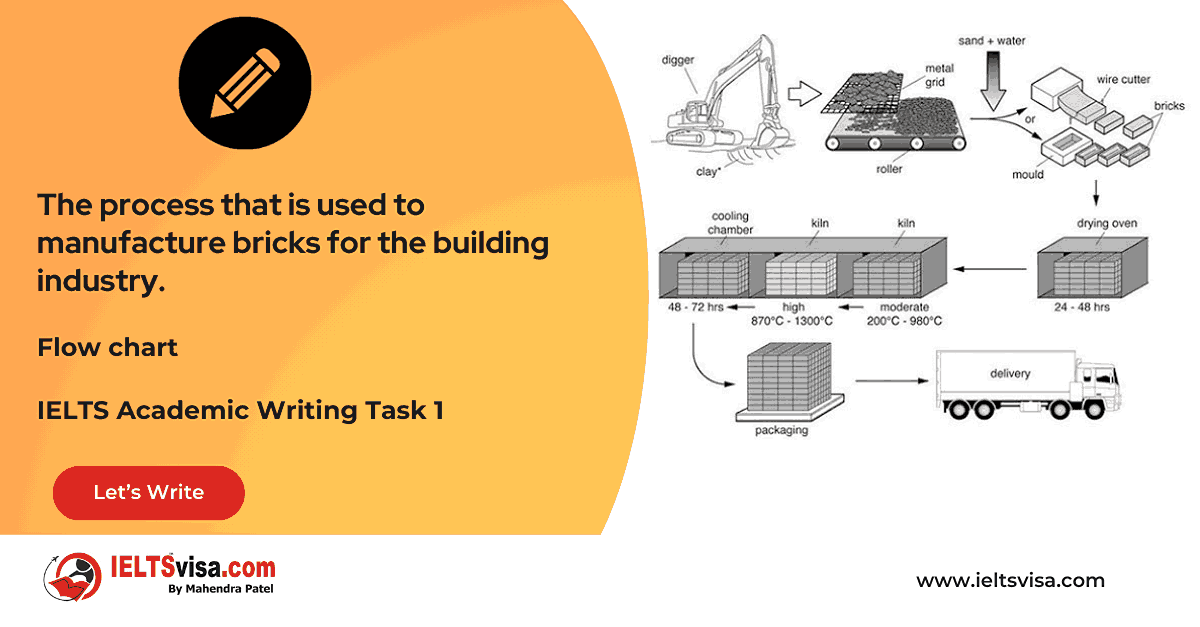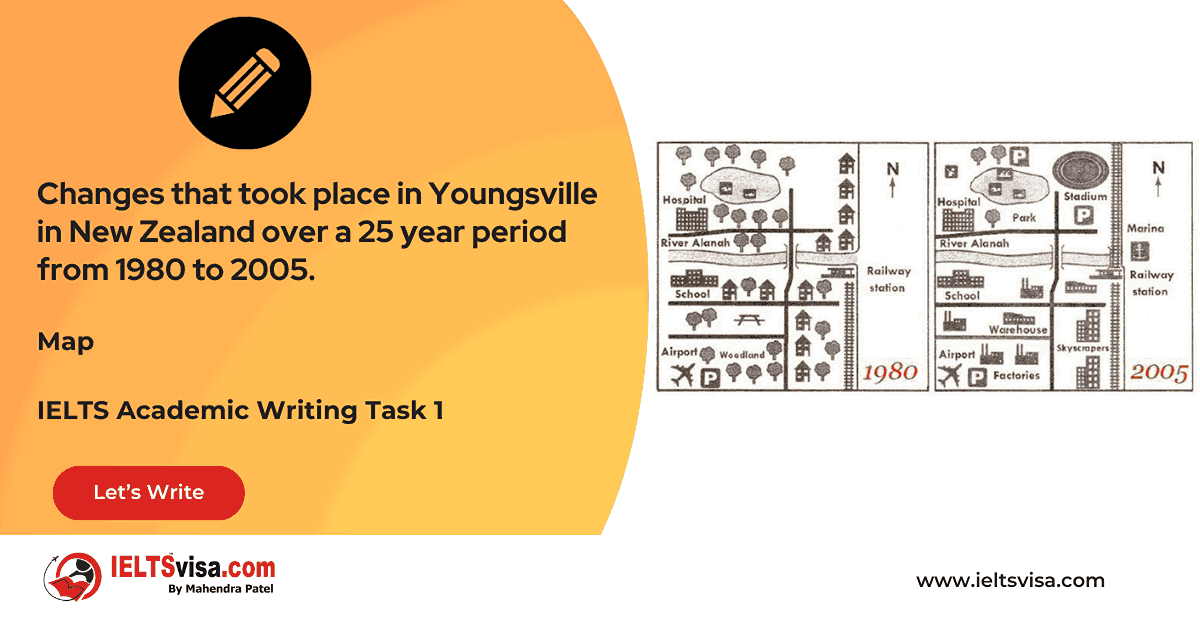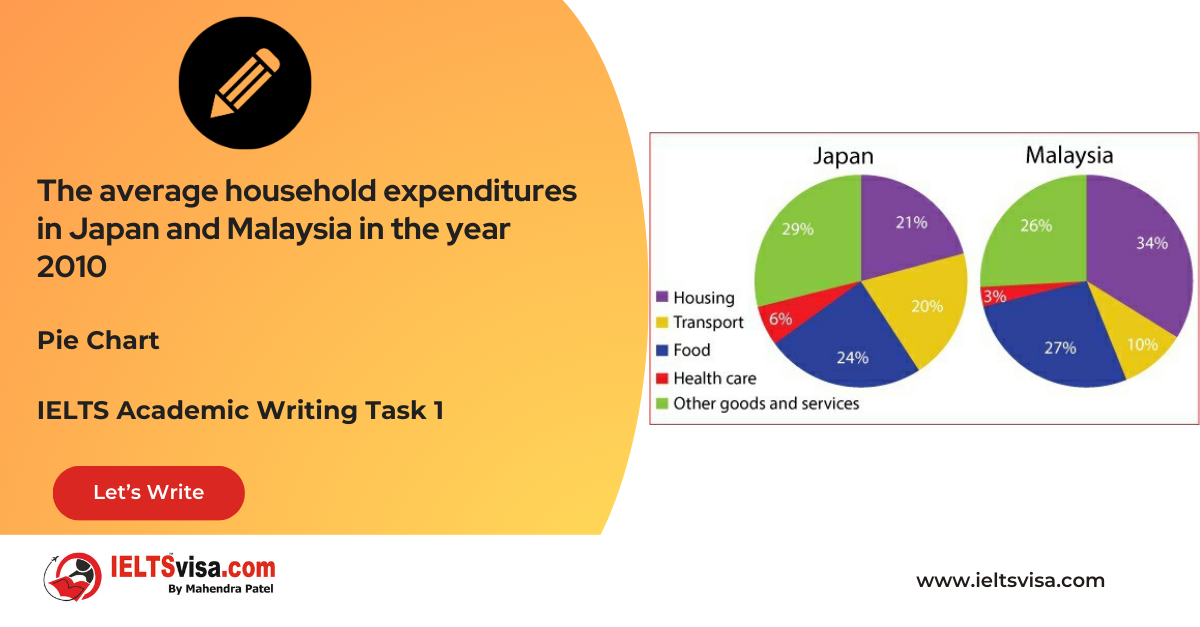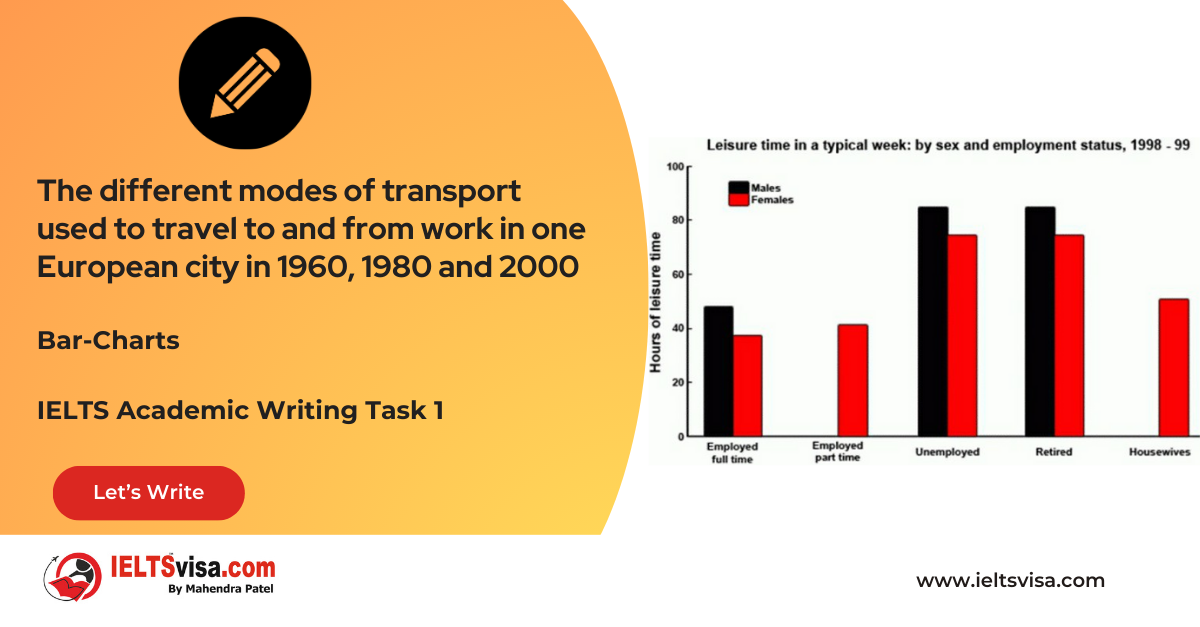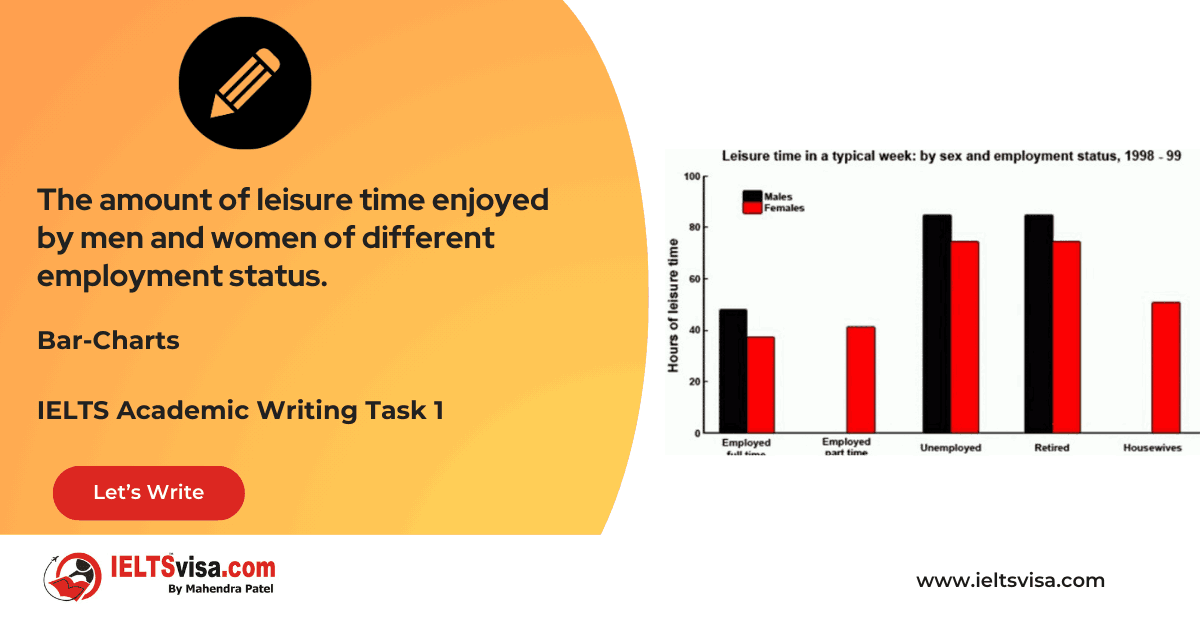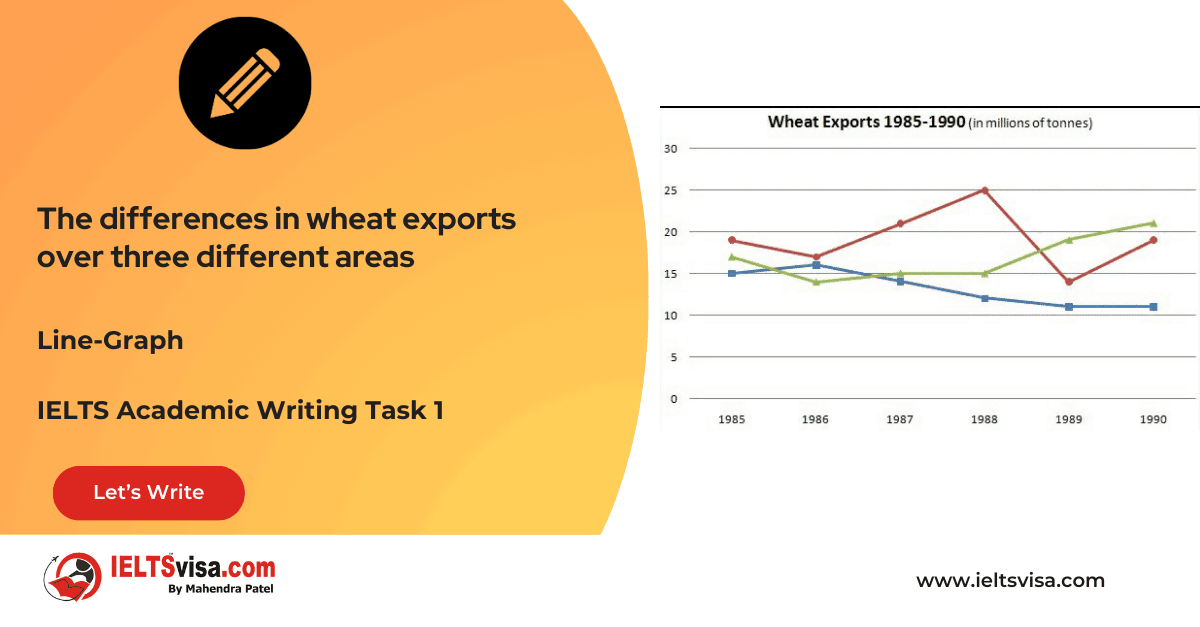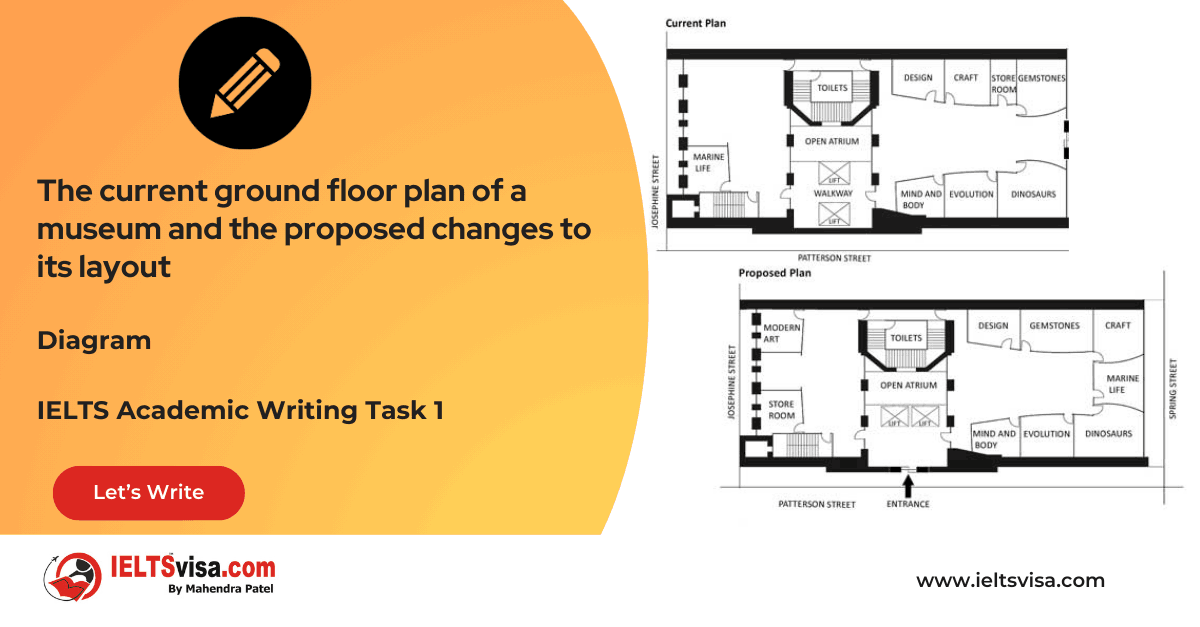Using Accurate and Varied Sentence Structures to Avoid Repetition
ProcessesIELTS Academic Writing Task 1
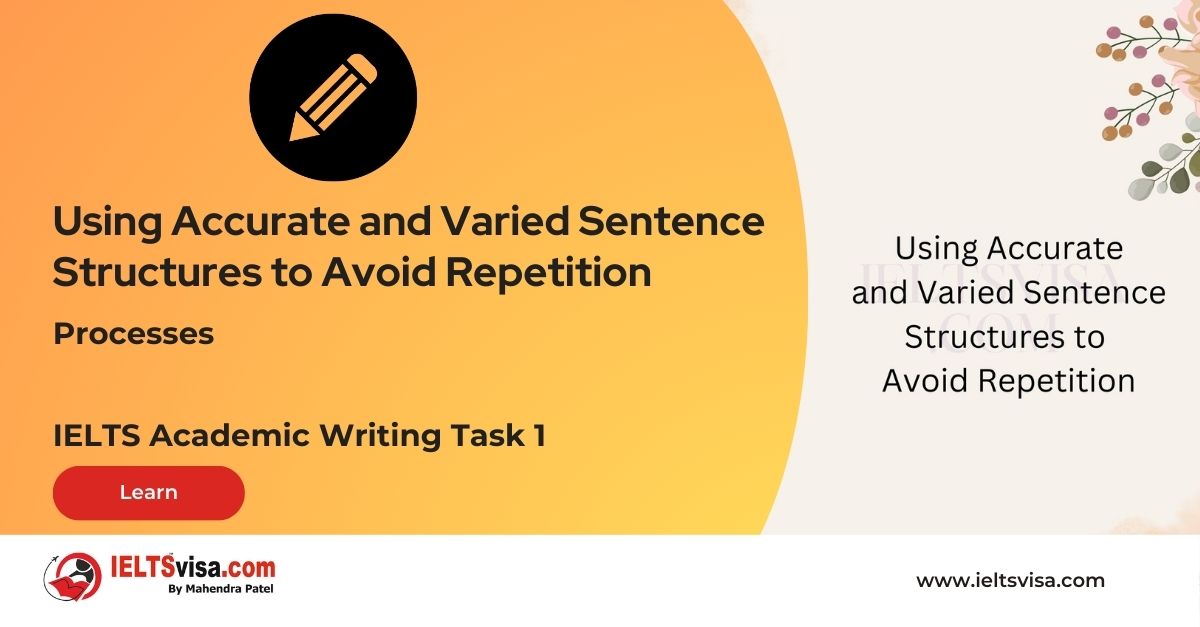
In the IELTS Academic Writing Task 1, candidates often describe processes using a series of sentences.
Accurate and varied sentence structures are essential to achieving a higher score and avoiding unnecessary repetition. By employing different sentence structures, candidates can demonstrate their language proficiency and create a more engaging and coherent description of the process.
This article will explore the importance of using varied sentence structures and provide examples and sample answers.
1. Importance of Varied Sentence Structures:
Using varied sentence structures is crucial in IELTS Academic Writing Task 1 as it showcases the ability to express ideas effectively and avoids monotonous repetition. By employing different sentence structures, such as simple, compound, complex, and compound-complex sentences, candidates can demonstrate a range of grammatical structures and enhance the overall quality of their responses. Varied sentence structures also help maintain reader interest and engagement.
2. Examples of Varied Sentence Structures:
a. Simple Sentence:
A simple sentence consists of one independent clause. It is concise and straightforward.
2. Example: The raw materials are collected and sorted before processing.
b. Compound Sentence:
A compound sentence consists of two or more independent clauses joined by coordinating conjunctions (e.g., and, but, or) or punctuation (e.g., semicolon, colon).
Example: The raw materials are collected and sorted before processing, and the processed materials are then transported to the assembly line.
c. Complex Sentence:
A complex sentence consists of one independent clause and at least one dependent clause. It adds depth and complexity to the description. Example: After the raw materials are collected and sorted, they undergo a series of processing steps to prepare them for assembly.
d. Compound-Complex Sentence:
A compound-complex sentence consists of two or more independent clauses and at least one dependent clause. It combines the features of compound and complex sentences.
Example: After the raw materials are collected and sorted, they undergo a series of processing steps to prepare them for assembly, and the final product is then inspected for quality assurance.
Sample Answer:
The given diagram illustrates the process of bread making.
Varied sentence structures are utilised to avoid repetition and create a more engaging description.
At the initial stage, the ingredients, including flour, water, yeast, and salt, are combined in a large mixing bowl. Once thoroughly mixed ingredients are available, the dough rises for an hour. During this time, the yeast ferments and produces carbon dioxide, causing the dough to expand.
After the dough has risen, it is punched down to release excess gas and kneaded on a floured surface to develop gluten. The kneading process typically takes around 10 minutes, giving the dough its elasticity and structure.
Following the kneading process, the dough is shaped into loaves or rolls and placed in greased pans or baking sheets. Before baking, the dough is left to rise for a second time, allowing it to double in size. This second rising helps to achieve a lighter and fluffier texture.
Finally, the dough is baked in a preheated oven at a specific temperature for a designated period. As the dough bakes, it undergoes a transformation, turning golden brown and developing a crisp crust. The baking process typically takes between 20 to 30 minutes, depending on the bread’s size and type.
By using varied sentence structures, the description of the bread-making process becomes more dynamic and engaging. It showcases the ability to express ideas differently and avoids repetitive sentence patterns.
In conclusion, employing accurate and varied sentence structures is essential in IELTS Academic Writing Task 1. By incorporating simple, compound, complex, and compound-complex sentences, candidates can demonstrate their language proficiency and create a more engaging and coherent description of the process.
Practice using different sentence structures to enhance your writing skills and improve your overall response to the task.








Our Books
Master IELTS Speaking Part 1
IELTS Writing Task 1 Book
IELTS Writing Task 2 Book
Practice IELTS Other Modules
IELTS Listening
The IELTS Listening test assesses how well you can understand spoken English in various contexts. It lasts about 30 minutes and is divided into four sections with a total of 40 questions. The listening tasks become increasingly difficult as the test progresses.
IELTS Academic Reading
The IELTS Academic Reading section assesses your ability to understand and interpret a variety of texts in academic settings. It is designed to evaluate a range of reading skills, including skimming for gist, reading for main ideas, reading for detail, understanding inferences, and recognizing a writer's opinions and arguments.
IELTS Speaking
The IELTS Speaking test assesses your ability to communicate in English on everyday topics. It lasts 11-14 minutes and consists of three parts: introduction, cue card, and a discussion based on the cue card topic.
IELTS General Reading
IELTS General Reading tests your ability to understand and interpret various types of texts. Here are some key areas and types of content you can expect to encounter in the reading section, along with tips for effective preparation.
IELTS Academic Writing Task 1
In IELTS Academic Writing Task 1, you are presented with a visual representation of information, such as graphs, charts, tables, or diagrams, and you are required to summarize, compare, or explain the data in your own words.
IELTS General Writing Task 1
In IELTS General Writing Task 1, you are required to write a letter based on a given situation. The letter can be formal, semi-formal, or informal, depending on the prompt. Here’s a breakdown of the key components to include in your letter
IELTS Academic Writing Task 2
In IELTS Academic Writing Task 2, you are required to write an essay in response to a question or topic. Here’s a guide to help you understand the essential elements of this task
IELTS Exam Tips
To succeed in the IELTS exam, practice regularly, familiarize yourself with the test format, improve your vocabulary, develop time management skills, and take mock tests to build confidence.
Grammer for IELTS
Grammar is the foundation of effective communication in English. Understanding tense usage, subject-verb agreement, and sentence structure enhances clarity and coherence in writing and speaking.
Vocabulary for IELTS
Vocabulary plays a crucial role in the IELTS (International English Language Testing System) exam, especially in the Speaking and Writing sections. Here’s an overview of why vocabulary is important and how it impacts your performance
RECENT IELTS SAMPLES QUESTIONS AND ANSWERS
Task 1 – Diagram – Comparison of Stone Tool Development Over Time
20:00 Start Pause Stop [df_adh_heading title_infix="IELTS Writing Task 1 Question" use_divider="on"...
Task 1 – Flow chart -Life Cycle of a Frog
20:00 Start Pause Stop [df_adh_heading title_infix="IELTS Writing Task 1 Question" use_divider="on"...
Task 1 – Flow chart -The process that is used to manufacture bricks for the building industry.
20:00 Start Pause Stop [df_adh_heading title_infix="IELTS Writing Task 1 Question" use_divider="on"...
Task 1 – Map – Changes that took place in Youngsville in New Zealand over a 25 year period from 1980 to 2005.
20:00 Start Pause Stop [df_adh_heading title_infix="IELTS Writing Task 1 Question" use_divider="on"...
Task 1 – Pie Chart – The average household expenditures in Japan and Malaysia in the year 2010
20:00 Start Pause Stop [df_adh_heading title_infix="IELTS Writing Task 1 Question" use_divider="on"...
Task 1 – Bar Graph – The different modes of transport used to travel to and from work in one European city in 1960, 1980 and 2000
20:00 Start Pause Stop [df_adh_heading title_infix="IELTS Writing Task 1 Question" use_divider="on"...
Task 1 – Bar Graph – The amount of leisure time enjoyed by men and women of different employment status
20:00 Start Pause Stop [df_adh_heading title_infix="IELTS Writing Task 1 Question" use_divider="on"...
Task 1 – Line Graph – The differences in wheat exports over three different areas
20:00 Start Pause Stop [df_adh_heading title_infix="IELTS Writing Task 1 Question" use_divider="on"...
Task 1 – Diagram – The current ground floor plan of a museum and the proposed changes to its layout
20:00 Start Pause Stop [df_adh_heading title_infix="IELTS Writing Task 1 Question" use_divider="on"...

